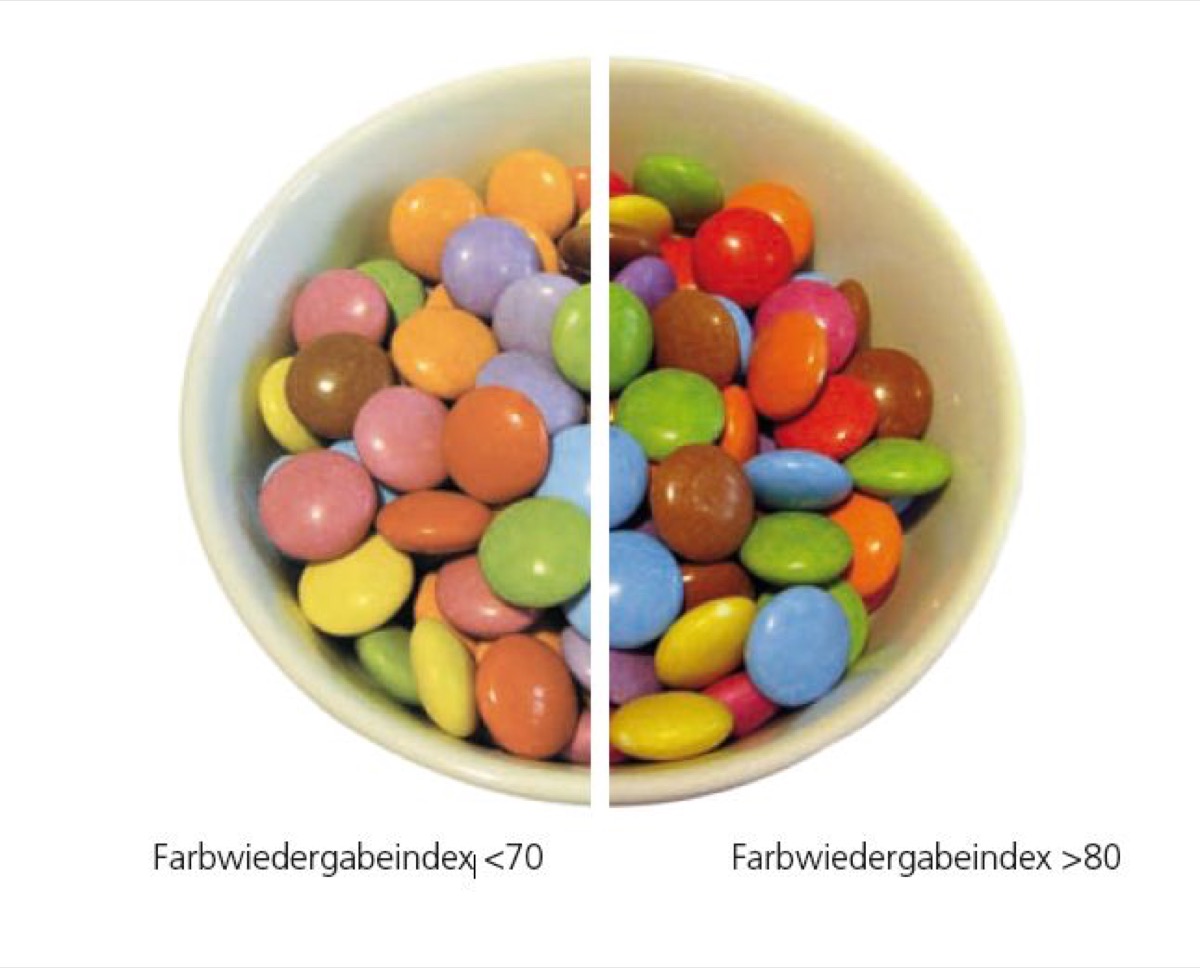3
Sep
LED technology
In lighting technology, the term describes the decrease in luminous flux in LEDs. This process normally occurs extremely slowly and only becomes noticeable after a very large number of operating hours for old LEDs. The service life specification of 50,000 hours for LEDs takes degradation into account: Although the light-emitting diodes shine longer, their luminosity is noticeably lower after more than 50,000 hours of operation. The aging process can be accelerated by adverse operating conditions: for example, overheating. Dimming By dimming the lamps used, the brightness of individual luminaires or groups of luminaires can be controlled. Dimming changes the lighting mood, allows adaptation to different room uses (comfort dimming). Increasingly, brightness control is also used to save energy (energy dimming), for example in daylight-dependent control systems in offices or industrial halls. Phase-angle dimmers can be used to dim general-service incandescent lamps and halogen lamps (230 volts) as well as low-voltage halogen lamps operated on magnetic transformers. Trailing-edge phase dimmers are mainly used for dimming low-voltage halogen lamps on electronic transformers. They are also suitable for general-purpose incandescent lamps and halogen lamps (230 volts). Compact fluorescent lamps and tubular fluorescent lamps must be operated on dimmable electronic ballasts (EBs).












